Last Updated on February 22, 2025
Not sure if that evergreen is a spruce, pine, or fir tree? Let’s clear up some conifer confusion so next time you spot an evergreen tree, you’ll know what kind it is. Here’s what to know about identifying spruce vs fir vs pine trees.
If you’ve always assumed all the evergreen trees you see are pines, get ready to learn loads more about conifer tree identification. Whether it’s a spruce, fir, pine, cedar, or one of many other conifer trees, there’s a lot more variety than most people realize.
Foragers need to be aware of commonly confused plants, whether it’s birch vs aspen, catnip vs catmint, or spurge vs purslane. While some look alikes are innocuous (even tasty), others are poisonous. Learning to distinguish plants’ subtle differences is important!
We’ve been exploring a lot of medicinal trees around here lately, and it seemed high time to clarify some differences between spruce, pine, and fir, some top trees to forage for medicinal ingredients. Whether you want to make pine needle tea, spruce tea, or some tasty fir-flavored goodies, here’s a primer on conifer identification. Read on to learn how to tell spruce vs fir vs pine trees so you’re prepared for your next foraging expedition.
WHAT ARE CONIFERS?
First things first, let’s get some terminology clear. A conifer tree is simply a tree that bears cones, like pinecones, which contain seeds. The ‘con’ in conifer refers to the cones coniferous trees produce, the root ‘fer’ means to carry. Though many conifer trees are evergreen, not all are, so it’s their cone-bearing habit and not their green needles that officially make them a conifer.
Likewise, not all evergreen trees are conifers, for example, holly and boxwood.
Though many people call all evergreen trees pines, actually there are many different types of conifers, and some aren’t safe to consume.
Examples of conifer trees include pine, spruce, and fir as well as juniper, hemlock, cedar, and yew, an exceptionally toxic species you want to avoid, so be sure to familiarize yourself with it.
To add to the confusion, many trees popularly called pine aren’t actually in the pine family at all, while Douglas fir isn’t in fact a fir, and the hemlock tree, though often confused with the herbaceous poison hemlock, is edible.
Since pine, spruce, and fir are the most popular and useful for foraging, we’ll stick with those. Here’s how to tell spruce vs fir vs pine.
CONIFER IDENTIFICATION: SPRUCE VS PINE
It’s pretty easy to spot the difference between spruce and pine, as the way the needles grow from the branch is very different.
With over 100 species of pine in the genus Pinus, it’s helpful to know that pines share an easily identified feature: All pines have clusters of long needles, typically found in groups of 2 to 5. They have a papery covering that attaches the cluster to the branch, as you can see in the photos below.

If you’re looking at an evergreen with needles coming directly out of the branch rather than in bundled clusters like these, it may be a spruce or fir, not a pine. The section below explains how to distinguish spruce vs fir, which is slightly trickier.
CONIFER IDENTIFICATION: SPRUCE VS FIR
Unlike pines, spruce (Picea genus) and fir (Abies genus) both have needles that attach directly to the branch, making them a little more difficult to tell apart. You need to look at and feel the needles carefully to tell them apart.
How to identify spruce vs. fir:
Spruce and fir needles have different shapes: Spruce needles are square, while fir needles are flat, conveniently leading to this mnemonic that helps us remember how to tell spruce vs fir:
Spruce–>Square
Fir–>Flat.
Easy, right?
Take a needle from the branch and try to roll it between your fingers. The flat fir needle won’t roll, while the square spruce one will.

If you grab a bunch of spruce needles, they’ll hurt, while fir will feel soft and not cause pain.
Fir needles are typically softer than spruce and typically have two white lines on the back. Their cones often point upwards. If the tree you’ve found has cones standing upright rather than hanging down, that’s an additional way to identify a fir tree.
The color of needles can vary, as can the length. Most needles will be green, but in the case of blue spruce, needles will as you might guess, have a noticeable bluish color, as seen below.
To confuse matters a bit, Douglas firs are not actually firs, but their own species, Pseudotsuga, which means false hemlock, though they’re also not hemlock (Tsuga genus). Note that if you do find an evergreen hemlock, it’s also edible; the “poison hemlock” you’ve probably been warned about is not a tree but a herbaceous biennial plant.
Other edible conifers include juniper, redwood, larch, and arborvitae.
CONIFEROUS TREES TO AVOID
–> Note that not all conifers are edible! Some are actually very poisonous, so it’s critical to know which NOT to eat.
Below are trees to know and avoid when foraging for conifer needles:
- Yew (Taxus)
- Yew Plum Pine or fern pine (Podocarpus macrophylla)
- Norfolk Pine or Norfolk Island Pine (Araucaria heterophylla)
- Cypress (Cupressus) (More on issues of edibility here.)
Be sure you’re not mistakenly harvesting from a yew tree, which is highly toxic. Yews have flat, bendable needles that are darker on top and lighter on bottom. Unlike firs, they don’t have white lines underneath, and lack the characteristic pine-y smell you get from a fir. Yews don’t produce cones and have red fruit berries with a very poisonous seed. Since the red fruit won’t be present at all times of the year, don’t rely on that for identification. When in doubt, do not eat!
Here’s more detail on identifying toxic yews and why to avoid them. This video includes a helpful description of yew, and you can see additional videos about other conifers here.
There are enough questions about the safety of consuming Norfolk Island Pine and Ponderosa Pine that most foraging experts recommend avoiding them as well. Lodgepole pine (Pinus contorta) has conflicting information about its edibility, so best to skip it also.
To sum up in brief:
- Know and avoid yew and other toxic trees!
- Pine needles come in clusters, while spruce and fir attach directly to the branch. Spruce has Square needles, while Fir has Flat ones.
Now you know how to identify spruce vs fir vs pine, congrats! Read on to find out what to know about foraging and using them for food and medicine.
FORAGING SPRUCE, PINE & FIR
Foraging basics:
Always consult a good foraging guide to be certain you’ve correctly identified any wild plant. These are my top recommendations for the best foraging books to add to your home reference library.
You might also consider taking a class like the Herbal Academy’s online foraging course to gain confidence foraging a wide variety of edible wild plants and master plant identification and wildcrafting practices.

Do what you can to avoid harmful chemicals that may be used on conifer trees. Harvest from a tree that hasn’t been sprayed with pesticides, which may mean avoiding public parks or yards where homeowners spray their lawns with herbicides.
If you’re foraging from your Christmas tree, make sure it wasn’t sprayed, as many commercial growers spray (or even paint!) their Christmas trees.
Gather needles from living trees sparingly, as a tree needs plenty of needles to stay healthy. Take a few bunches of needles from several trees rather than lots all from one tree.
WHAT TO DO WITH SPRUCE, PINE, AND FIR
Now that you’ve mastered identification of these common conifers, it’s time to start having fun with them!
You can use needles from spruce, pine, and fir in numerous ways, in the kitchen and around the house. The young tips and cones of spruce, fir, and pine are also edible.
Some people use the outer and inner bark, most commonly from pine trees.
The needles are the most versatile and easy to use, so we’ll start with those. Whether you want a healing cup of conifer tea or a fantastic-smelling DIY cleaner, there are loads of uses for those needles. Check out these uses for pine needles for inspiration.
Here are a few supplies you’ll likely find useful as you make things with your foraged spruce, fir, or pine:
WHAT DO CONIFERS TASTE LIKE?
Most conifers have a citrusy flavor, though flavor varies widely with the season and how you’re preparing them. Early spring growth will have a brighter, lighter flavor, while older needles have a more resiny one.
Spruce, fir, and pine all have different flavor profiles, and different varieties and growing conditions will make trees taste different as well. Try them out to find what you prefer.
CAUTIONS WITH CONIFERS
As with any new herb, it’s best to try a little before consuming. Though rare, some people have allergies to spruce, fir, or pine.
Most experts recommend caution with many herbs in pregnancy because of the lack of safety data, and conifer trees are usually not recommended for consumption in pregnancy.
CULINARY USES FOR SPRUCE, PINE, AND FIR
CONIFER TEA
You can make a simple but pleasant tea from the needles of pine, spruce or fir by steeping needles in boiling water. It’s refreshing and tasty on its own, or sweetened slightly with honey. Here’s more on how to make pine needle tea.
For something a little more complex, check out this fir needle forest chai recipe from Grow Forage Cook Ferment.
BAKED GOODS WITH CONIFER NEEDLES
Chop spruce or fir needles finely and add to cookies or shortbread. This pine needle sugar cookie recipe from Learning and Yearning uses whole grain flour. Here’s a shortbread recipe from Grow Forage Cook Ferment.
For something savory, you could try these oatmeal scones with spruce from the Foraged Foodie.
This nougat made with nuts, honey, and fir needles looks like a great holiday gift.
CONIFER-INFUSED VINEGAR
Infuse apple cider vinegar or white wine vinegar for use in salad dressings. Cover 1 cup spruce, pine, or fir needles with 2 cups vinegar and infuse for 2 to 4 weeks, shaking every day or so. Use a non reactive cover (I like these), as vinegar will corrode metal lids.
I recommend Vitacost for fantastic savings on pantry staples like vinegar. More on using savvy deals how to save on healthy food here. Find even more in my e-book, Eating Healthy on a Budget.
CONIFER TINCTURE OR COCKTAIL MIXER
Capture the medicinal compounds in conifers with a simple tincture by steeping spruce, fir, or pine needles in alcohol. Here’s a tutorial on how to make tinctures and here’s a recipe for pine needle tincture.
You can use the same process to make conifer-flavored gin or vodka to add sparkle to your favorite mixed drinks. Try these cordial recipes from The Herbal Academy.
You can even infuse your holiday eggnog with foraged conifer needles!
Or try fermenting your own homemade soda with raspberries and pine needles.
SPRUCE, FIR, OR PINE SEASONING POWDER
Make a homemade foraged seasoning by running dried conifer needles through a spice mill or clean coffee grinder. You can use conifer needle powder in baked goods, or sprinkle it on fish or chicken or add to soups and stews.
CONIFER SEASONED SALT
Conifer needles can be ground with salt to make a flavorful seasoned salt.
Combine 1 part chopped needles with 4 parts coarse sea salt (without added iodine) and blend in a food processor till just combined. Don’t overblend or the mixture will get pasty.
You can also combine finely chopped herbs and salt without the food processor if you prefer.
Leave the herbs and salt to meld for a week or two before using.
Fresh conifer salt should be kept in the refrigerator. To make a shelf-stable seasoning salt, dry it before storing. To dry, spread the salt mixture on a baking sheet for a day or two before storing.
PINE COUGH SYRUP
Making a soothing cough syrup from pine needles is about as easy as brewing tea and adding honey. Here’s an easy pine syrup recipe, including information on how to make a pine simple syrup for cocktails.
SPRUCE TIPS AND OTHER CONIFER TIPS
Unlike the tough older needles used to infuse liquids above, the tender new growth of many conifers is eaten whole as a seasonal delicacy. They’re lovely as a seasoning in cooking, added to salads (like this wild rice salad), or made into ice cream.
Here’s what to know about foraging spruce tips, plus 25 spruce tip recipes to try.
EDIBLE CONIFER CONES
Though they don’t look terribly tasty when mature, the young cones of many conifers are edible as well. They’re typically used when young in late spring to make preserves. Forager Chef has advice on making an interesting-looking pine cone cider jam and The Meaning of Water shares information on eating young spruce cones worth checking out. The pollen from male cones is sometimes used as well.
Here’s more on what to know about using edible pine cones.
FORAGED CHEWING GUM
The resin of spruce and pine can be chewed like gum. Find out more from the Wild Food Girl here.
PINE BARK
Used for making medicinal tea or foraged flour, pine bark is edible, too. This pine bark bread recipe from Practical Self Reliance looks really intriguing.
The inner bark of pine trees (called the cambium) may also be boiled or fried, though you need to know what you’re doing to avoid harming the tree. Green Deane of Eat the Weeds describes cambium as “a famine food,” warning that “you’d only eat it if you had to.” If you want to know more about preparing cambium, here’s a video from the Outsider.
PINE POLLEN
If you want to try using every part of your conifer, you can harvest the pollen as well. Here’s loads of info on harvesting and using pine pollen from Forager Chef.
If you want more recipes, check out this book full of ideas on how to eat your Christmas tree!
OTHER USES FOR CONIFERS
DIY CLEANERS WITH CONIFERS
Pine is a useful household cleaner — remember Pine Sol? Its original formulation included pine oil. You can make an easy homemade cleaner by steeping 1 part pine needles in 1 part white vinegar and using it anywhere you’d normally use a vinegar-based cleaner.
PINE HAIR RINSE
Conifer needles can also be added to shine-enhancing DIY hair rinses. To make, steep a few tablespoons of needles in two cups of apple cider vinegar for two weeks before straining.
To use, dilute 1 tablespoon in a cup of water and pour over washed hair. Allow to sit about a minute before rinsing out.
CONIFERS FOR SKINCARE
Infuse conifer needles into oil and add to homemade balms and salves. Here’s a recipe for evergreen lip balm.
The resins of pine and spruce are also used to make salves helpful for healing. Here’s more on harvesting and using resin from herbalist Kiva Rose.
Did you already know how to tell spruce vs fir vs pine? What are your favorite uses for edible conifers?
Curious what other trees in your neighborhood might be good for foraging? Check out these posts:
Find loads more wild plants (like purslane, creeping Charlie, and elderberry) to forage here.
Pin to save this info on spruce vs fir vs pine for later!
Spruce vs fir vs pine additional photo credits: Arcaion, Ivan Mikhaylov, Ever, Argument
Disclaimers: Though HealthyGreenSavvy and EcoSavvy Writing LLC always aim to provide thorough and accurate information, we assume no liability or responsibility for any consequences, health issues, or symptoms that arise from ingesting or touching any plant described on this website. It is always the reader’s responsibility to ensure accurate plant identification and use multiple reputable sources to confirm. If you have any doubts about the identification of any plant, do not eat it.

Susannah is a proud garden geek and energy nerd who loves healthy food and natural remedies. Her work has appeared in Mother Earth Living, Ensia, Northern Gardener, Sierra, and on numerous websites. Her first book, Everything Elderberry, released in September 2020 and has been a #1 new release in holistic medicine, naturopathy, herb gardening, and other categories. Find out more and grab your copy here.






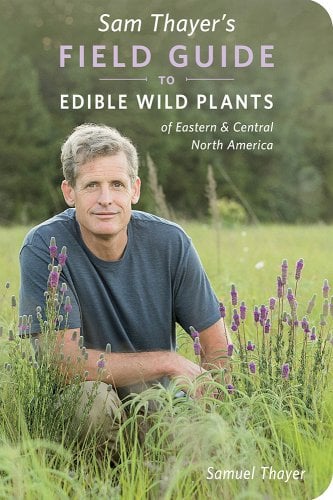
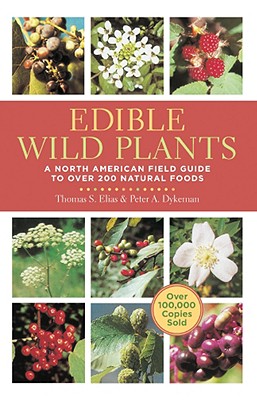
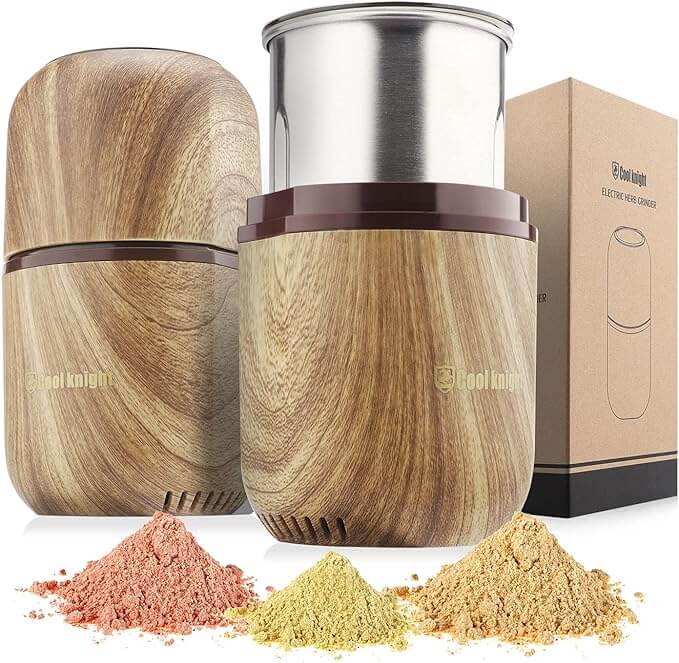

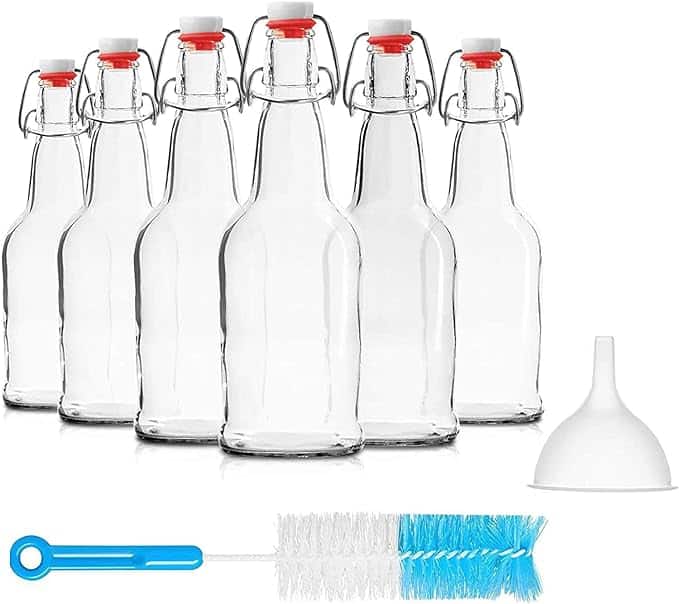


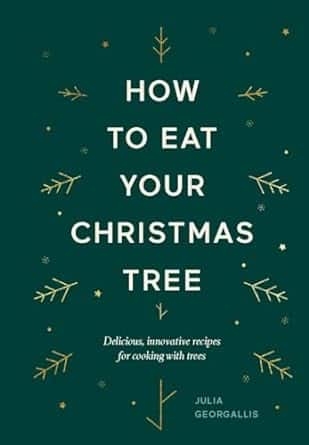
 Hi, I'm Susannah, a garden geek, energy nerd, and fan of healthy food and natural remedies. Need some simple, practical solutions for living healthier and greener? You've come to the right place! More about me and my green projects
Hi, I'm Susannah, a garden geek, energy nerd, and fan of healthy food and natural remedies. Need some simple, practical solutions for living healthier and greener? You've come to the right place! More about me and my green projects